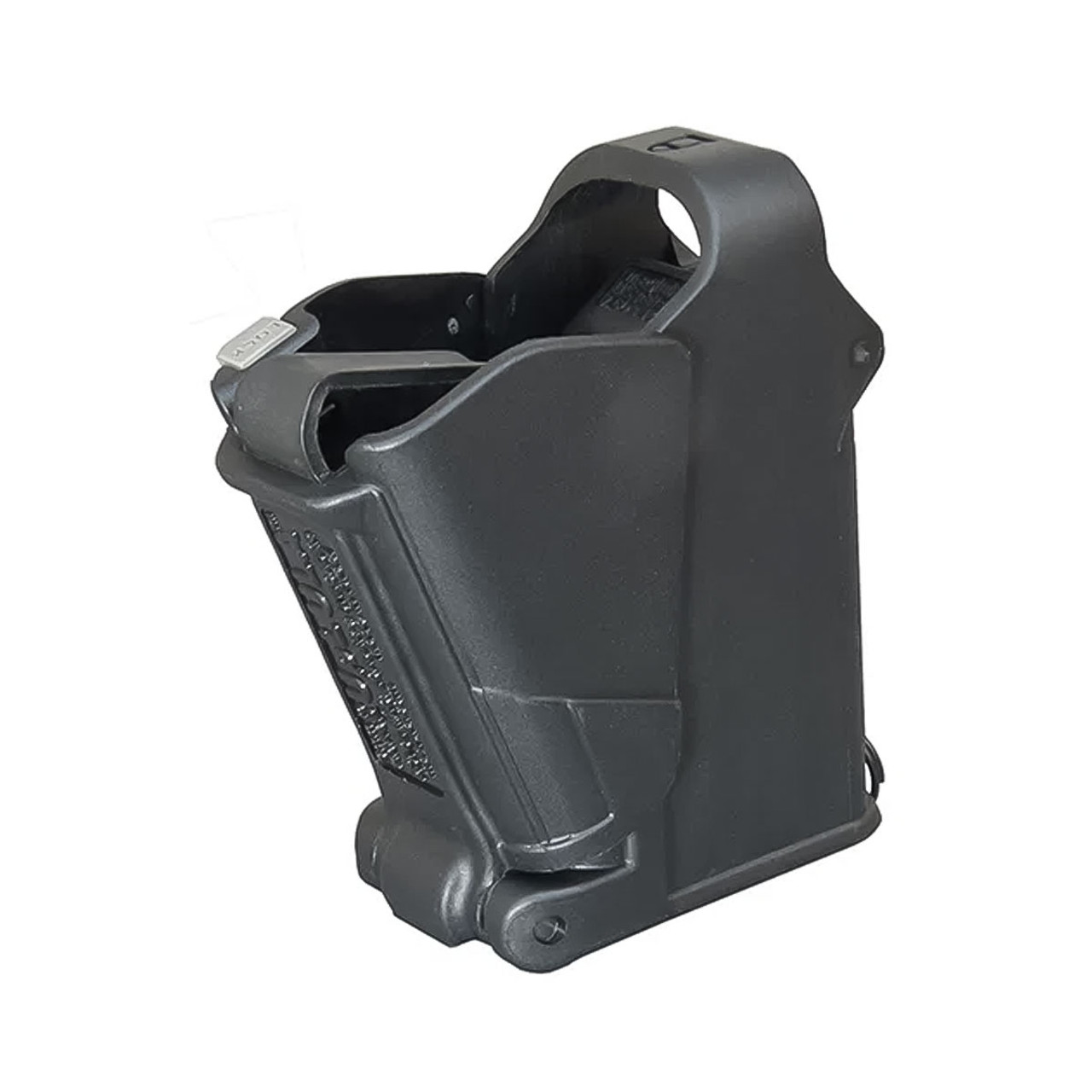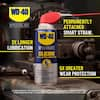
Posted on 08/06/2024 7:23:56 AM PDT by MtnClimber
The magazine is as critical as the firearm and ammo we use. A large percentage of firearm malfunctions can be attributed to magazine-related issues, which is an important reason to always carry a spare mag. This being the case, it is surprising how little attention is paid to this critical component. A gun is only as reliable as its magazine.

Cleaning and maintaining your magazines is just as important as cleaning and maintaining your pistol or selecting the right ammunition. If you get a magazine malfunction, test it again. If it creates a second malfunction, immediately take it out of duty until the problem can be ascertained and remedied or use the magazine for training purposes only. The best option, of course, is to simply get a new magazine.
Magazines should be routinely examined for wear or damage. Check the body of the magazine for dents/cracks or other damage. Inspect the feed lips. One common test is to half load a magazine and smack the base on a hard surface to see if a round pops out. This will help you determine if the feed lips are spread and/or the magazine spring is weak. However, keep in mind all magazines will release tension on the top rounds, allowing one or more rounds to pop out when tested in this manner.
Magazine Loaders
Loading magazines by hand can be a slow and often painful process, particularly when loading the last few rounds into a new or stiff magazine. Some sub-compact pistol magazines and reduced-capacity state-compliant magazines are notorious in this regard. Moreover, manual loading can cause unnecessary wear and potential damage to the magazine.
A magazine loading device provides a mechanical advantage that can not only speed up the loading process and save your fingers, but more importantly prevent unnecessary stress and wear to the feed lips from the loading process. Damage to these lips can lead to feeding problems in your gun. A magazine loader also helps preserve the spring by minimizing the need for manual spring compression. It can prolong the service life of your magazines, ensuring reliable performance when it matters most.
There are a lot of different magazine loaders on the market, which can make choosing one a bit confusing. When selecting a magazine loader, keep these considerations in mind: magazine compatibility; quality and durability; user-friendliness and ergonomics; and size and portability. Check reviews and, if possible, try before buying.
Spring Fatigue
Storing a magazine loaded does not typically weaken the spring. Magazines are designed to endure long periods of compression without significant spring fatigue. Even when fully compressed, magazines retain energy well beyond the life of the stored ammo. There are reported instances where magazines have functioned flawlessly after a century of being fully loaded.
However, it is advisable to rotate the magazines periodically to ensure reliable performance. If you notice feeding issues, failure to lock back the slide, or unreliable ammunition feeding, it might be time to replace the spring. There is no need to unload your magazines when not in use. Keeping them loaded will usually not cause any issues with reliability or spring fatigue.
Spring fatigue in magazines is typically caused by the repeated compression and release of the spring, also known as “cycling.” Over time, this cycling can weaken the spring, especially in areas where there may be tiny imperfections in the metal. The rate at which this happens depends on the type of metal used and the frequency of cycles.
Many shooters keep two sets of magazines — one set for training or competition and one set for personal defense or duty.
Disassembly & Cleaning
Magazines will need to be periodically disassembled for cleaning and further inspection. Don’t overdo this. Disassembly should be done only as necessary. Routine disassembly is unnecessary and can cause unnecessary wear. Magazines don’t need to be cleaned after every range session. After a high amount of shooting or exposure to the elements or dirt and dust, cleaning is called for.
Disassembly methods will vary, but most modern magazines are designed for easy disassembly and cleaning. With the spring and follower removed, run a dry cloth through the magazine body several times. You can use a toothbrush to scrub inside the body or a purpose-designed mag brush.
The spring and follower should be carefully examined for signs of wear or damage. All magazine springs will fatigue over time. Compare the spring to a new spring or spring that’s known to be good. If the old spring shows signs of fatigue — that is it is noticeably shorter — it’s time to replace it or discard the magazine. Pay particular attention to any signs of chipping or cracking of the follower. Any loose chips in the magazine body are a sure indicator of follower damage.
If a magazine has worn or damaged parts, either discard the magazine or replace the parts and use the magazine exclusively for training. Training-only magazines must be clearly marked to prevent them from being mistaken for a personal defense or duty magazine.
Do not lubricate or leave any oils or lubrication inside the magazine or its components. Not only is it unnecessary, it will also become a dirt magnet. I just wipe them down with a silicone cloth.
Final Thoughts
Finally, don’t get too attached to your magazines. All magazines will eventually wear out. They are disposable items. And don’t scrimp on quality to try and save a few bucks. Your life and the lives of others are worth more than the price of a new magazine.
And don’t call it a “clip” unless it is really a clip like the M1 Garand uses. Unless you are a democRAT or want to look like you are gun-ignorant.
“Magazine Loaders”
Saw one at the range a couple of years ago......a real game changer IMO.
Haven’t checked lately but back then they were around $150.

These are thumb savers for sure.
If a P-Mag (AR, AK, mag etc) is faulty or squirrely, just throw it away. I have seen too many people spend too much time and energy on a $12.00 mag and still can’t trust it fully.
Just throw it away and move on.
If I have a malfunctioning magazine it goes in the trash can.
Great article, and that’s why I’m a member of AMAC .
1. Maglula Uplula
I sometimes use clips to mark magazine pages.
1. Half load a magazine and smack the base on a hard surface;
2. Discard now broken magazine;
3. Purchase new magazine.
Ping...
Does anyone use a dry spray lubricant to help repel residue, while preventing ammo friction?
That’s what we use.
I just ordered a Maglula UpLULA. I have been using my thumb, but recently I got a Sig p365XL 9mm and those magazines are very hard on the thumb.
Oh wow, you are going to love how this loads and unloads.
You do have to orient yourself to it, though, but if you stay methodical, it loads quite fast. It’s the separate parts of the loading of each round that forces some focus. You will see what I mean, but then never go back to a manual load.
This is what I would use in applications where I don't want to attract and trap dirt:
WD-40 SPECIALIST 11 oz. Silicone, Quick-Drying Lubricant with Smart Straw Spray

We have a .22 pistol that really gets a lot of particles in it and the magazine, after shooting a few hundred rounds at the range. We tend to hang it up when the loads stop going in with no issue. All it takes is maybe another 40-50 rounds, and it hangs again. However, it’s smooth for all prior rounds.
It seems to always be cruft from the ammo, of which a fair amount winds up going down the handle into the magazine. Of course, loading into the chamber is in the immediate area the cruft pollutes, but then I get this stuff I now have to do a thorough cleaning on, again.
I’d like to go a thousand rounds without such problems, with both the gun and the magazine. If the crud could just fall down to the bottom of the magazine and then just need a shake to get rid of it over a trash can, well, that would be wonderful.
Oh, and we have Maglulas that cover for both .22s, 9mm, and other calibers.
Two covers them all, for us.
Disclaimer: Opinions posted on Free Republic are those of the individual posters and do not necessarily represent the opinion of Free Republic or its management. All materials posted herein are protected by copyright law and the exemption for fair use of copyrighted works.